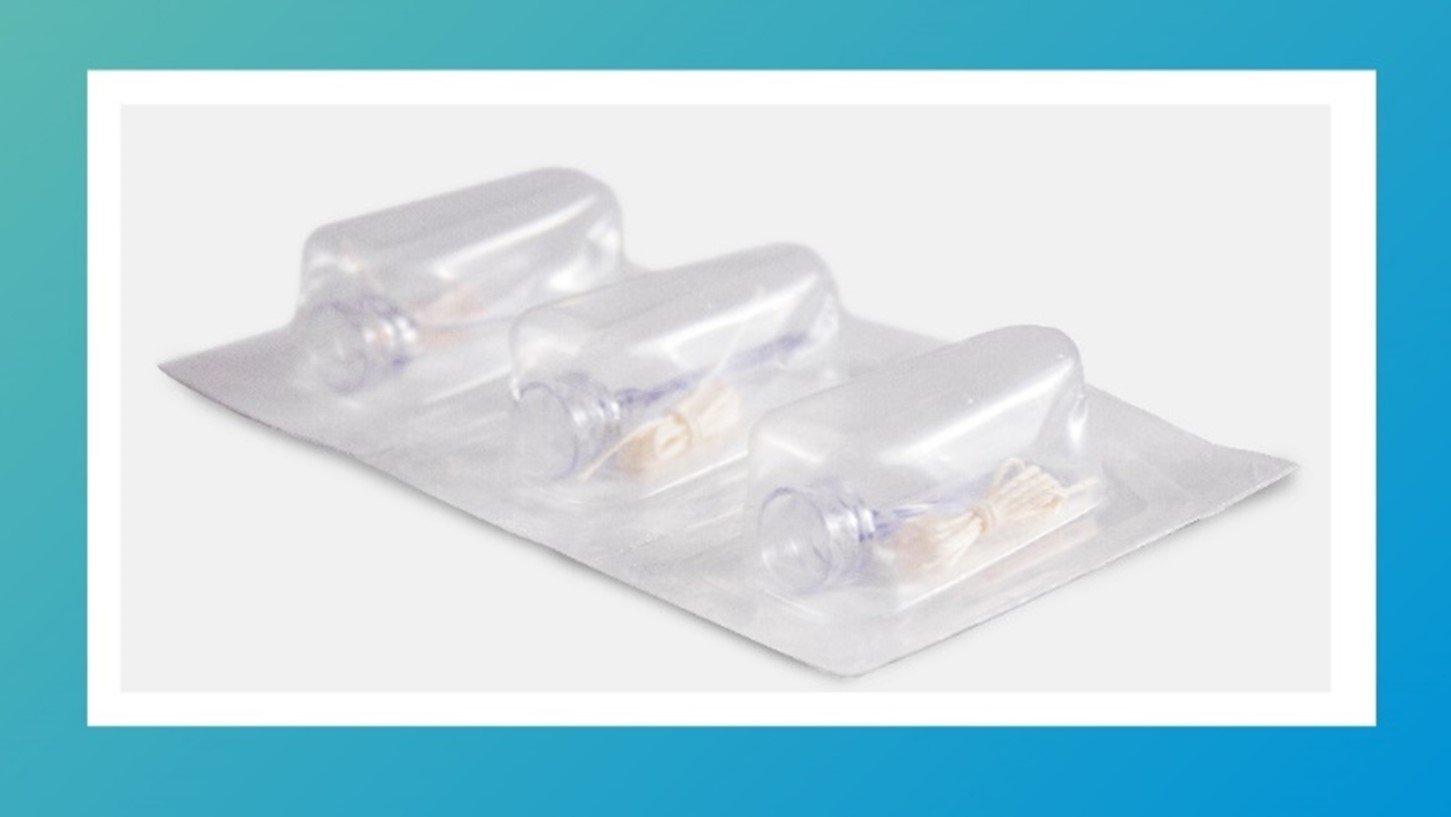Exploring Forming Films: When and How Do You Choose a Forming Film?
In our previous discussion, "A Film is Not Just a Film," we delved into the process of selecting the right packaging film for your application, emphasizing the critical role it plays in safeguarding the integrity of medical devices and pharmaceuticals. Now, let's take a deeper dive into a specialized category of packaging films: forming films.
As we discussed before, packaging films can have different layers and functions—an exterior layer, barrier layer, and sealant layer. These pouching films, in many cases, serve as a great layer of protection for your medical packaging needs. However, forming films have an added advantage. The films can conform to the unique shapes and contours of your products. This is the key difference between traditional films and forming films.

Forming films are designed to conform closely to the shape of the product they encase. This close conformity ensures a snug fit around the medical device or pharmaceutical product, providing optimal protection by minimizing the risk of damage during handling and transportation. To create this unique fit, the forming of the film takes place in a thermoforming packaging machine. In this process, the films are heated, formed into the right shape, and then the product is loaded into the film, and sealed to the top web. Some examples of a top web material would be a Tyvek® or medical grade paper. With this being a highly automated process, forming films are often chosen for high volume products.
The forming film process does have some important considerations. Heat is used to mold the film to the shape of the product; therefore, it is important to select the right thickness of the film. When drawing the film around the product, the film gets stretched, if the film is too thin it could potentially cause a failure. In an effort to avoid this, I recommend that you always reach out to your supplier to discuss the appropriate thickness of your forming film with their packaging experts.
Another important decision you must make is about the structure of the forming film you will need. There are three widely used forming film structures:
PA/PE
Ionomer
Polyolefin with EVOH (Ethylene-vinyl alcohol)
In summary, forming films are specialized packaging materials, offering superior conformability and excellent barrier properties optimized for the unique needs of the healthcare industry. They are mostly used for high volume products. When selecting a forming film for your product, it is important to make sure you choose the right structure and thickness of the film.



